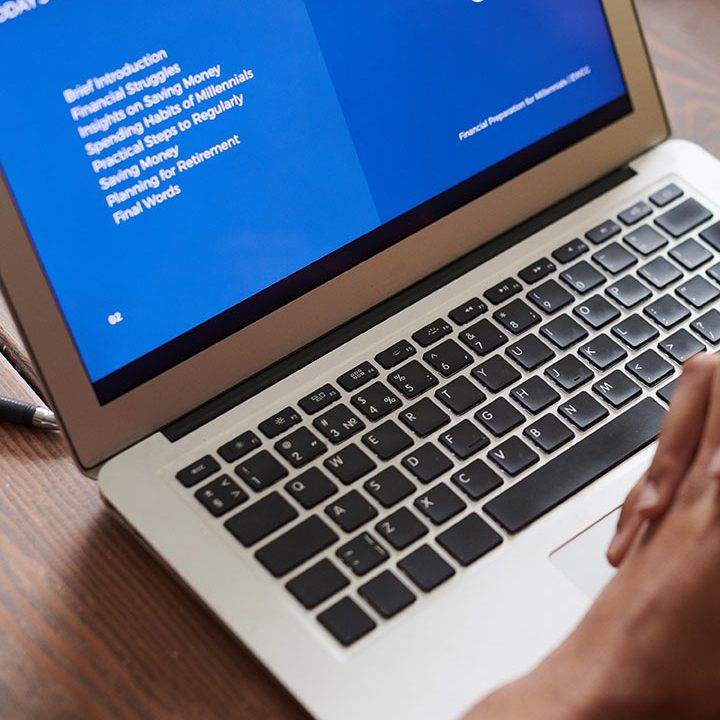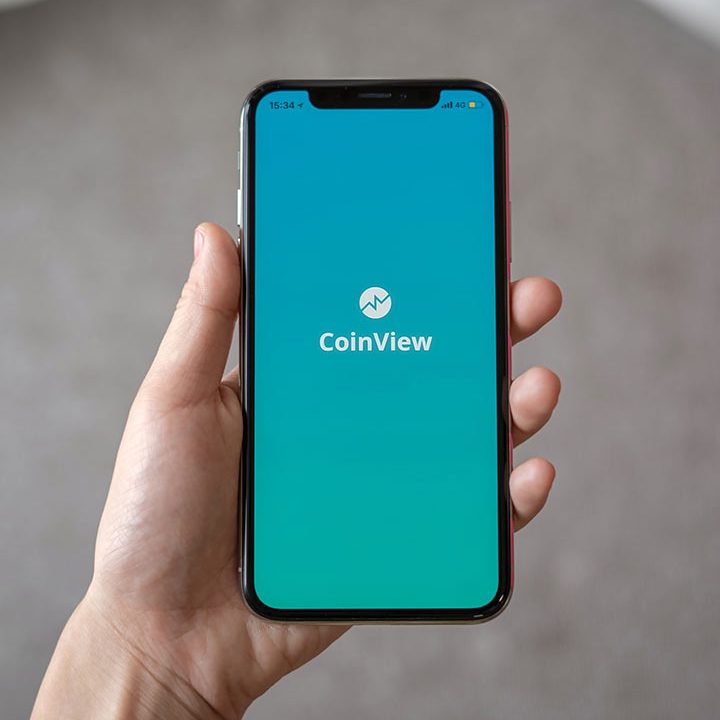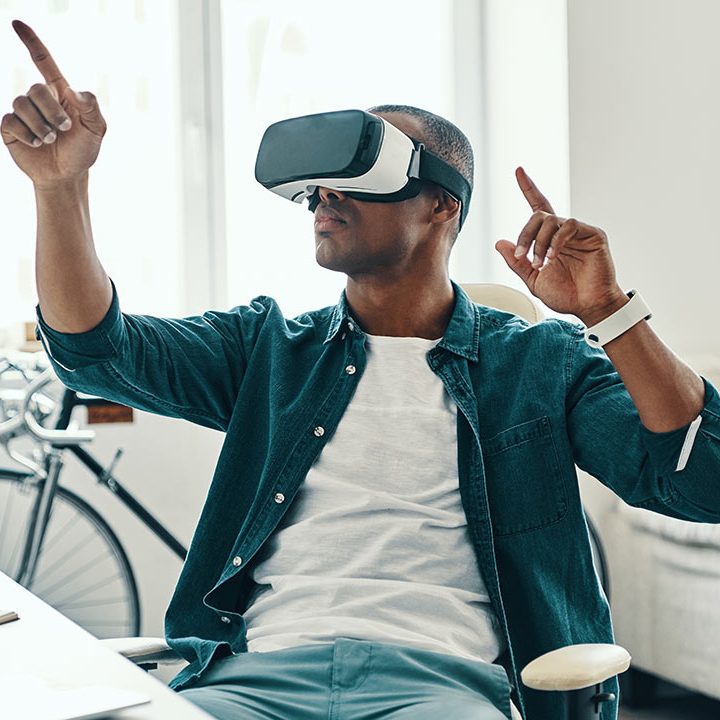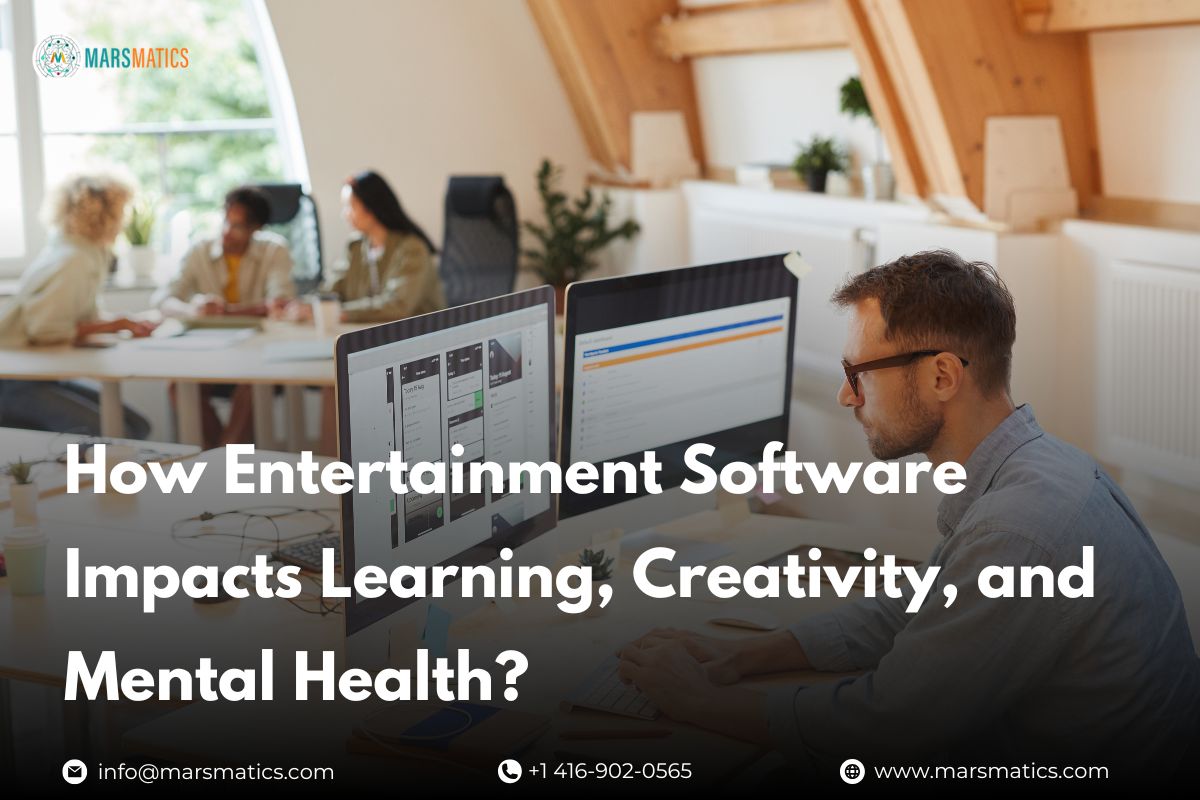How Entertainment Software Impacts Learning, Creativity, and Mental Health?
Entertainment software isn’t just for fun—it shapes how we learn, think, and feel. From immersive video games to calming music streaming apps, the software we play with and consume has deeper effects than we might realize. In this article, we’ll explore how entertainment software influences learning, creativity, and mental well-being—and how to use it wisely.
What Is Entertainment Software?
Entertainment software refers to digital applications and programs designed primarily for enjoyment, engagement, and interactive experience. This includes:
- Video games (casual and serious, single-player and multiplayer)
- Streaming platforms for video or music
- Edutainment apps that blend learning + fun
- VR/AR experiences and immersive simulation
These tools are built to entertain, yes—but often they do more. To see more definitions and examples of such software, check Entertainment Software Definition & Examples at Marsmatics.
How Entertainment Software Impacts Learning
✅ Positive Effects:
- Gamified learning: Apps like Duolingo (language), Khan Academy, or virtual labs make learning feel like play. Challenges, rewards, and instant feedback help retain attention and improve memory.
- Problem solving & critical thinking: Strategy games, puzzles, and simulation games require planning, adapting, and decision making. These skills often transfer to real-world tasks.
- Immersive simulations: VR/AR environments let learners practice in safe, realistic settings—from science labs to historical recreations. This hands-on learning reinforces concepts in ways traditional lectures can’t.
⚠️ Potential Downsides:
- Distraction & multitasking: Overuse or ill-chosen software can pull focus away from studies, reducing concentration.
- Dependence on rewards: If the “fun” comes only from external rewards (points, badges), learners might lose intrinsic motivation.
- Unequal access: Not everyone has devices or internet stable enough to use high-quality entertainment software, which can widen learning gaps.
How Entertainment Software Boosts Creativity?
- Sandbox and builder games (e.g., Minecraft, Roblox) let users design, build, experiment. They foster imaginative thinking and spatial awareness.
- Music, art, and editing tools: Software like digital audio workstations, drawing/animation apps, video editors allow people to express themselves, experiment with styles, remix, and iterate.
- Storytelling & narrative-driven media: Games and interactive stories give users agency in narratives, encouraging empathy, writing / plotting skills, and new perspectives.
Creativity doesn’t always need perfection; it needs freedom. And many entertainment software tools give that freedom.
Entertainment Software and Mental Health: Pros and Cons:
Positive Aspects:
- Stress relief & relaxation: Listening to music, watching shows, or playing casual games can help unwind after a busy day.
- Social connection: Multiplayer games, online communities, streaming watch parties—these can reduce loneliness, build friendships.
- Therapeutic uses: VR exposure therapy, mindfulness apps, relaxation soundscapes—software is increasingly being used in mental health settings.
Harmful Effects:
- Too much screen time: Overuse can lead to eye strain, sleep issues, anxiety, even depression.
- Gaming addiction: When games become a way to escape real life consistently, they can interfere with responsibilities and relationships.
- Isolation (offline vs online balance): Even social software can feel hollow if it replaces in-person interactions entirely.
Balancing Entertainment Software in Daily Life:
Here are practical tips to keep the positive effects high and the negatives low:
- Set time limits: Use timers or built-in device/software features to avoid overuse.
- Choose quality over quantity: Go for software that offers meaningful content—games with strategy, apps promoting creativity or learning.
- Schedule offline breaks: Physical activity, face-to-face time, or quiet rest can help reset your mind.
- Be mindful of mood triggers: If certain games or content raise stress, anxiety, or negative feelings, limit exposure.
The Future of Entertainment Software in Learning & Mental Health:
- AI-adaptive learning: Software that adjusts difficulty and style to the learner’s pace and preferences.
- VR/AR therapies & immersive experiences: For phobias, PTSD, anxiety—immersive environments can be highly effective.
- Hybrid tools merging fun + wellness: Think apps that combine creative expression (drawing, music) with guided mindfulness or positive psychology.
Conclusion:
Entertainment software has immense power. It’s not just idle amusement—it shapes how we think, learn, and feel. When used intentionally, it can improve learning, spark creativity, and support mental health. But balance is essential. Mindful choices—picking the right software, limiting usage, syncing it with offline life—make all the difference.
FAQs
What are the benefits of entertainment software for students?
Students can gain improved retention, better problem solving skills, increased motivation, and more engaging learning. Edutainment tools make difficult concepts easier to grasp, especially when traditional methods feel stale.
Can entertainment software improve creativity in children and adults?
Absolutely. Many games and apps allow open-ended creation, storytelling, design, or artistic expression. These opportunities encourage experimentation and novel thinking.
Is entertainment software harmful for mental health?
Not inherently. It depends on usage patterns, content, and personal susceptibility. Excessive screen time, social isolation, or gaming leading to neglect of other life areas can be harmful—but many people benefit from moderate, balanced use.
How much screen time with entertainment software is healthy?
There’s no one-size-fits-all answer. Experts often recommend breaks every hour, limiting screen use before bedtime, and ensuring some screen-free periods. Adjust limits based on age, content type, and individual well-being.
What are examples of entertainment software used for education?
- Duolingo for language learning
- Scratch for learning coding and game design
- Adventure Academy, BrainPOP for K-12 interactive learning
- Educational VR labs and simulations








